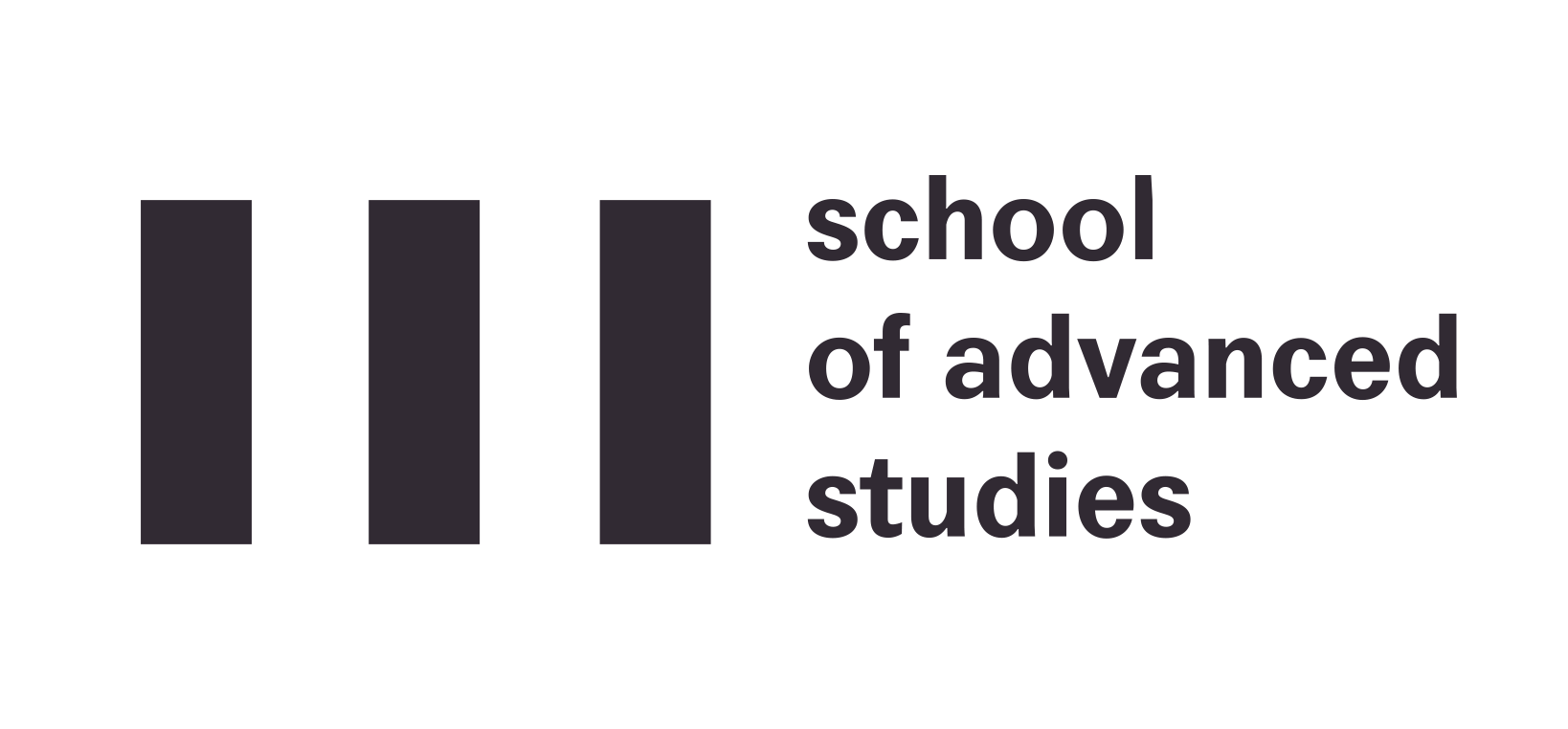Находясь на сайте, вы даете согласие на обработку файлов cookie. Это необходимо для более стабильной работы сайта
hello! so, Let's review the week with "Shangri-la"
Share the longread


We use Shangri-la to talk about technology and particularly as it works now in our world, the coming consequences. We talked about technologies in terms of:
making home
bodily extensions
synchronization of time and space measurements
environmental interface
Tilda Publishing

Technologies both connect us and define a boundary with nature
Tilda Publishing

Technologies both connect us and define a boundary with nature
Many science fiction films and series promote the idea that technology can either save us or destroy the world. This reminds us of Christian eschatology, the idea that salvation is coming or we're going to be damned. However, it's not so simple. Ecological thinking disrupts the duplex. Setting aside technologies as a duplex, we can think of them as ecological relations.
Technology figures the imagination and perception of the habitat formally structuring ecological awareness. How and what you see in the world is partially defined by how technology acts as an environmental interface.
Technology
 formally figures physical environment
formally figures physical environment shapes how you understand it
shapes how you understand it changes conditions of habitation
changes conditions of habitation


- Directed by Suzuki Shingo. Production: GoHands. 2013
- directed by Takaharu Ozaki, production: White Fox. 2017
- directed by Hayao Miyazaki, production: Studio Ghibli. 1986
- directed by Shinichiro Watanabe. production: MAPPA Co. 2014
- directed by Katsuhiro Otomo. production: TMS Entertainment. 1988


- This article contributes to contemporary philosophy of technology by carrying out a diffractive reading of Ernst Cassirer's "Form und Technik" (1930) and Gilbert Simondon's Du mode d'existence des objets techniques (1958)
- WIKIPEDIA ARTICLE
- Doctorow, Cory. Walkaways. Tor Books, 2017
Kirkus Best Fiction of 2017. From New York Times bestselling author Cory Doctorow, an epic tale of revolution, love, post-scarcity, and the end of death. - Doctorow, Cory. Technology is making the world more unequal. Only technology can fix this. the guardian, 2017
The inequality of badly-run or corrupt states is boosted by the power of technology – but it's also easier than ever to destabilise these states, thanks to technology. The question is: which future will prevail? - William, Gibson. The Net. Rolling Stone, 1989
When William Gibson wrote his 1989 essay on "The Net" for Rolling Stone, he didn't own a personal computer. "I think it's safe to say that I was pretending to know what 'the Net' might be, when I wrote this," he confesses in a postscript in his new book, Distrust that Particular Flavor. "Was it something to do with this 'email' a few people seemed to know how to send between distant computers, or was it some more abstract expression of the totality of cyberspace? I think I opted for the latter, but phrased things in such a way as might seem I was better acquainted with the former than I actually was." Watch Gibson talk about the present and the future in our Motherboard interview - Larkin, Brian. The politics and poetics of infrastructure. Annual review of anthropology 42 (2013): 327-343
Infrastructures are material forms that allow for the possibility of exchange over space. They are the physical networks through which goods, ideas, waste, power, people, and finance are trafficked. In this article I trace the range of anthropological literature that seeks to theorize infrastructure by drawing on biopolitics, science and technology studies, and theories of technopolitics. I also examine other dimensions of infrastructures that release different meanings and structure politics in various ways: through the aesthetic and the sensorial, desire and promise - Robinson, Kim Stanley. How climate will evolve government and society
Humanity's adaptation to climate change will require novel, global cooperation and societal evolution. The award-winning science fiction author of 2312, the Mars Trilogy, and Aurora shares his vision for how the world must change in advance of his novel - Sterling, Bruce. How to be futuristic
We live in a very short now and here, since the flow of events in spacetime is mostly closed to human comprehension. But we have to say something about the future, since we have to live there. So what can we say? Being "futuristic" is a problem in metaphysics; it's about getting language to adhere to an unknowable reality. But the futuristic quickly becomes old-fashioned, so how can the news stay news? - Law, John. Material Semiotics. version 30th January 2019. heterogeneities.net
Material semiotics is a set of approaches to social analysis that includes actor-network theory, feminist material semiotics, the successor projects to both these traditions, and a range of related lines of work in disciplines including social and cultural anthropology, cultural studies, post-colonial studies, and geography. There are substantial differences both between these traditions, and among the authors within each tradition, and it has also changed radically since it came into being in the 1980s - Law, John. Actor Network Theory and Material Semiotics. version of 25th April 2007, heterogeneities.net
Actor-network theory is a disparate family of material-semiotic tools, sensibilities and methods of analysis that treat everything in the social and natural worlds as a continuously generated effect of the webs of relations within which they are located. It assumes that nothing has reality or form outside the enactment of those relations. Its studies explore and characterise the webs and the practices that carry them. Like other material-semiotic approaches, the actor-network approach thus describes the enactment of materially and discursively heterogeneous relations that produce and reshuffle all kinds of actors including objects, subjects, human beings, machines, animals, 'nature', ideas, organisations, inequalities, scale and sizes, and geographical arrangements
JOIN THE COURSE CHAT!









